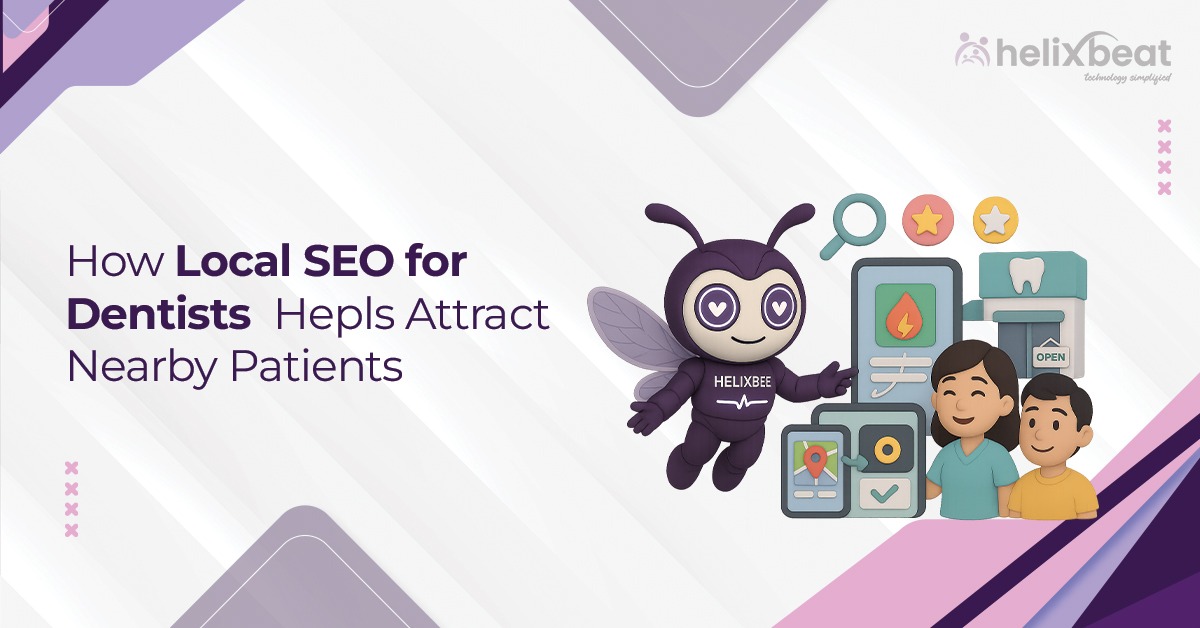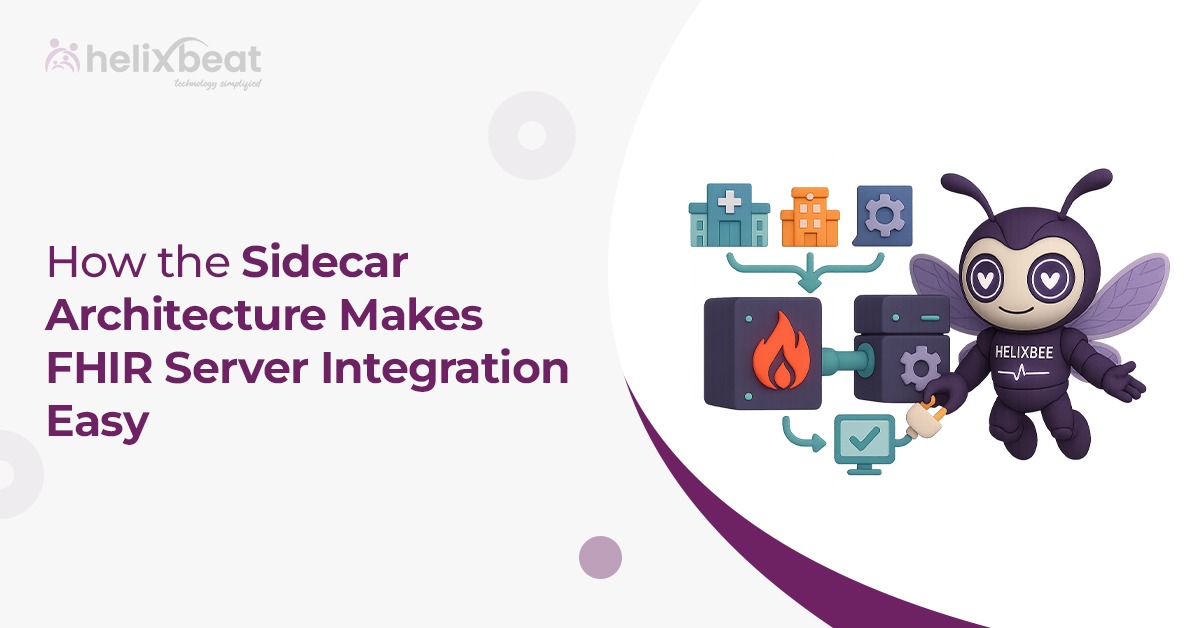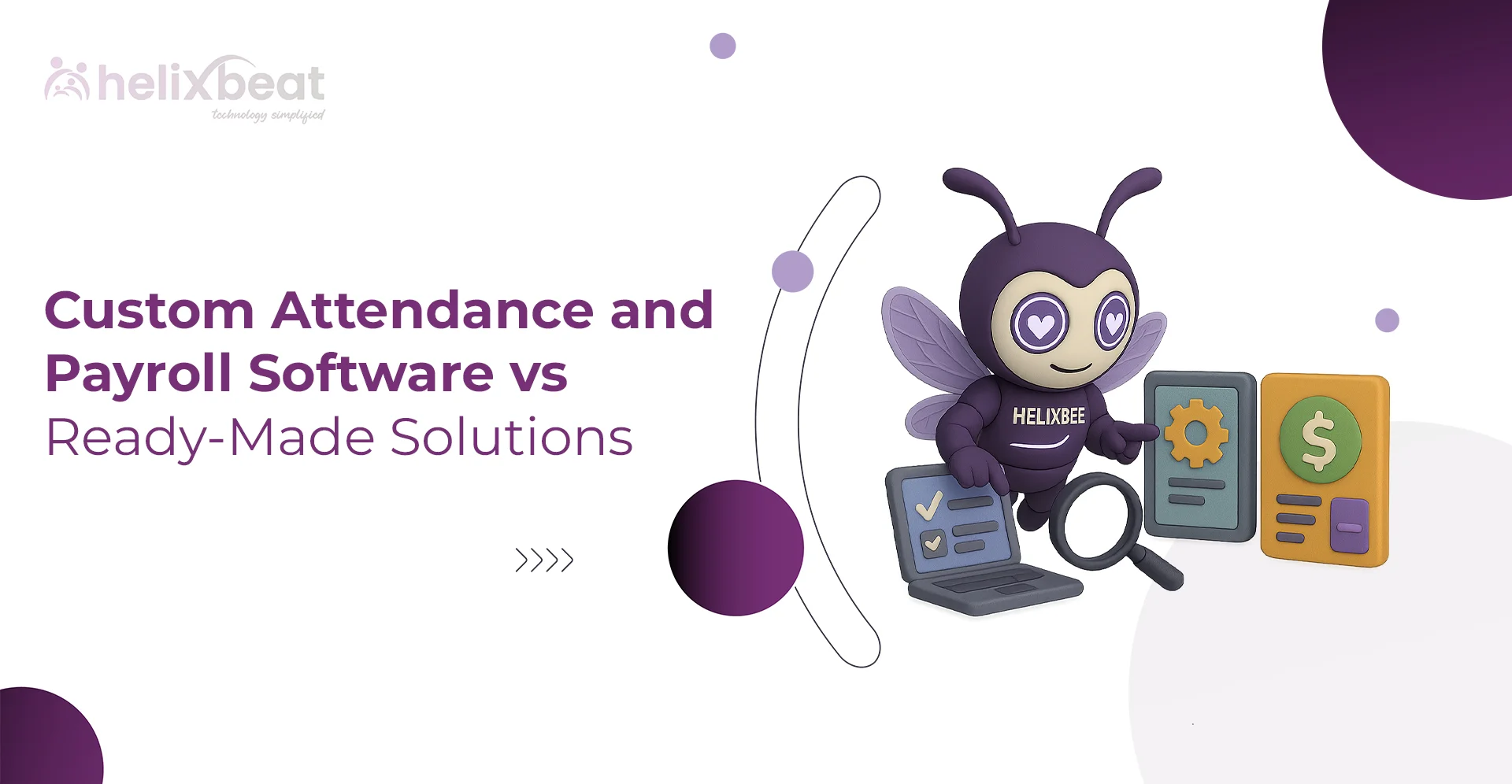In hospitals, where every second can mean the difference between life and death, having a system that ensures not just efficiency but also safety is non-negotiable. Emergencies—whether natural disasters, fires, or security threats—don’t knock before they enter. When they occur, hospitals must be prepared to respond swiftly, safeguard everyone within the premises, and resume normal operations with minimal disruption.
This is where hospital management software plays a vital role—not just in streamlining hospital operations, but also in emergency preparedness. Modern software solutions like VISTA go beyond scheduling appointments or managing patient records. They incorporate robust features such as visitor evacuation tracking, emergency visitor protocols, and integrations with hospital security systems to ensure that hospitals are ready for the unexpected.
In this blog, we’ll explore how hospital management software enhances emergency preparedness, the importance of visitor management during crises, and how VISTA empowers healthcare facilities to build a safe and resilient environment.

Table of Contents
Why Emergency Preparedness in Hospitals is Critical
Hospitals are dynamic, high-risk environments with patients, staff, visitors, and vendors present at all times. In an emergency, whether it’s a fire, earthquake, active shooter, or hazardous material incident, chaos can escalate quickly if there’s no plan in place. A lack of proper coordination can lead to delays in evacuations, loss of life, and potential legal liabilities.
Preparedness is no longer an option—it’s a necessity. That’s where hospital management software becomes the backbone of emergency readiness. It not only helps identify who is inside the hospital at any given time but also enables real-time coordination, fast communication, and secure evacuation processes.
How Visitor Management Supports Emergency Readiness
Many hospitals overlook the critical role that visitor management plays during emergencies. Visitors are often unfamiliar with hospital layouts, exits, or emergency procedures. This can lead to confusion and delays during a crisis.
An integrated hospital management software like VISTA includes visitor evacuation tracking, ensuring no one is left behind. It also automates emergency visitor protocols, from alerting visitors via SMS to guiding them to designated evacuation zones. Additionally, with links to hospital security systems, these tools offer centralized control and visibility to ensure safety across all departments.
How Visitor Management Software Supports Emergency Preparedness in Hospital Management Systems
When emergencies occur—such as fires, earthquakes, chemical spills, or active threats—hospitals must respond immediately to ensure the safety of everyone inside. While much of a hospital’s emergency plan focuses on patients and staff, visitors also require clear guidance, tracking, and evacuation support. This is where visitor management software, integrated with the hospital management system (HMS), becomes essential.
1. Real-Time Visibility of On-Site Visitors
Visitor management software continuously records and monitors who is inside the hospital. Every visitor check-in is digitally logged with time stamps, purpose of visit, and host details. In the event of an emergency, this real-time data helps administrators and safety personnel identify who is still inside the building and where they might be located.
Instead of relying on outdated paper logs or manual counts, staff can instantly access a live dashboard that lists all visitors who have not yet checked out. This allows for accurate headcounts and supports evacuation teams during critical moments.
2. Automated Alerts and Evacuation Instructions
Integrated visitor management systems can be configured to trigger emergency visitor protocols when an incident occurs. These protocols can include:
- Sending immediate notifications or SMS alerts to visitors’ registered mobile numbers
- Displaying evacuation instructions or maps on check-in kiosks and visitor screens
- Directing visitors to the nearest safe exits based on their current location within the facility
These automated communications reduce confusion and ensure that even first-time visitors know how to respond appropriately during a crisis.
3. Coordination with Hospital Security Systems
Modern hospital environments rely on a combination of software and physical security systems. Visitor management software can be integrated with access control systems, surveillance networks, and emergency alarms to coordinate an effective response.
For example, during a lockdown, the system can restrict visitor access to sensitive zones or redirect them to secure waiting areas. Security teams can monitor the movement of visitors, verify their evacuation status, and manage site-wide safety measures—all from a centralized interface.
4. Touchless Check-In and Fast Tracking
Touchless technologies such as QR code scanning or facial recognition make it possible to track visitors efficiently, even during high-pressure situations. These check-in methods reduce the need for physical contact, speed up entry and exit processes, and provide instant verification of visitor identities.
In an emergency, this data can be used to mark visitors as evacuated or missing. Staff can easily update their status through the system, enabling rapid decision-making and supporting accountability throughout the response process.
5. Post-Incident Review and Compliance
After the immediate danger has passed, hospitals must conduct a thorough review of how the emergency was handled. Visitor management software provides accurate, time-stamped records of:
- Who was present during the emergency
- When and how they were evacuated
- Any gaps or delays in the evacuation process
These reports are valuable for improving future protocols, meeting compliance requirements, and demonstrating that the hospital took appropriate steps to protect everyone on the premises. They also support legal documentation and can be used in internal audits or external investigations.
The Role of VISTA in Emergency Preparedness
1. Real-Time Visitor Evacuation Tracking
When disaster strikes, it’s essential to know who’s inside the building. VISTA’s visitor evacuation tracking feature provides real-time data on all checked-in visitors, including their location, host, and check-in time. This enables security and safety teams to create accurate evacuation lists instantly.
Rather than relying on manual sign-in sheets, VISTA logs every visitor digitally, including their entry and exit. This ensures that in emergencies, first responders or facility managers can access up-to-the-minute data on who needs to be evacuated or accounted for.
2. Automated Emergency Visitor Protocols
In the midst of panic, clear instructions are life-saving. VISTA’s hospital management software allows hospitals to automate emergency visitor protocols, such as:
- Sending real-time SMS alerts or push notifications with evacuation instructions
- Displaying emergency exit routes on visitor kiosks
- Locking down specific areas while directing visitors to safer zones
These automated protocols reduce the need for staff to manually direct people, allowing hospital personnel to focus on patients and critical operations during emergencies.
3. Integration with Hospital Security Systems
Modern hospital management software should not work in isolation. VISTA integrates seamlessly with hospital security systems, offering a comprehensive emergency response network.
Through this integration, VISTA can trigger access control systems, lock doors, activate alarms, and even synchronize with surveillance to provide visual confirmation of visitor locations. Security personnel can monitor the situation in real-time and deploy emergency services accordingly.
4. Touchless, Fast Evacuations
During a crisis, speed matters. VISTA enables hospitals to conduct touchless check-ins and check-outs, which speeds up identification during evacuations. Visitors can be guided to the nearest exit using their smartphone’s digital ID or the QR code received during check-in.
This data is instantly updated in the centralized hospital management software, keeping all emergency stakeholders informed of who has exited and who still needs assistance.
5. Post-Emergency Reporting and Analysis
Once the crisis is over, analyzing what worked—and what didn’t—is essential. VISTA’s visitor and emergency data are stored securely, allowing administrators to generate detailed reports for post-incident review.
This helps hospitals fine-tune their emergency visitor protocols, optimize training, and improve infrastructure—making them better prepared for the future.
Benefits of Emergency-Ready Hospital Management Software
Here’s a breakdown of how having a robust hospital management software like VISTA benefits hospitals during and after emergencies:
| Feature | Emergency Benefit |
| Visitor Evacuation Tracking | Ensures all non-patient individuals are safely evacuated |
| Emergency Visitor Protocols | Automates instructions and emergency messaging |
| Security System Integration | Centralizes control for alarms, access, and surveillance |
| Real-Time Dashboards | Offers situational awareness to decision-makers |
| Analytics & Reports | Enables post-incident reviews and improvements |
| Compliance and Documentation | Ensures hospitals meet safety regulations and legal standards |
How VISTA’s Emergency Features Work in Real-Life Scenarios
- Fire Drill or Fire Emergency
A fire alarm is triggered. VISTA immediately sends alerts to all on-site visitors with clear exit instructions. Simultaneously, security can access the real-time visitor dashboard to ensure every visitor is accounted for.
- Security Threat or Active Intruder
Security receives a threat notification. Using VISTA, entrances can be locked down while sending shelter-in-place messages to visitors. Surveillance systems identify visitor locations, and the emergency team can guide them to secure zones.
- Natural Disaster like Earthquake or Flood
All visitors receive real-time updates on their mobile devices. The software displays safe assembly areas, and staff uses evacuation tracking to verify that no one is left behind.
Emergency Preparedness Is a Must—Not a Maybe
Hospitals have always prioritized patient care, but safety preparedness must rise to the same level of importance. Emergency situations can spiral out of control without the right systems in place. A smart hospital management software like VISTA not only helps manage day-to-day operations—it becomes a critical safety tool when it matters the most.
By integrating visitor evacuation tracking, emergency visitor protocols, and hospital security systems, VISTA ensures your facility is always a step ahead.
Final Thoughts: Build a Safer Hospital with VISTA
VISTA isn’t just about modernizing visitor management—it’s about building a safety-first hospital culture. From the moment a visitor checks in to the minute an emergency strikes, hospital management software like VISTA ensures that every action is swift, secure, and synchronized.
Let’s build smarter, safer hospitals—because when emergencies hit, there’s no time to figure things out. You need a system that already knows what to do.
Ready to Upgrade Your Hospital’s Emergency Preparedness?
Schedule a demo with VISTA today and experience how our hospital management software brings together security, efficiency, and peace of mind.
FAQs
Q1. How does hospital management software help in emergencies?
Hospital management software provides real-time visitor tracking, automates emergency messages, and integrates with hospital security systems to ensure quick response.
Q2. What is visitor evacuation tracking?
Visitor evacuation tracking allows hospitals to monitor and log all visitors’ presence, ensuring no one is left behind during an emergency.
Q3. Can visitors receive emergency instructions via the software?
Yes. Systems like VISTA send real-time alerts via SMS or app notifications, guiding visitors during emergencies.
Q4. How is VISTA different from traditional visitor logs?
Unlike paper logs, VISTA offers digital, real-time tracking, emergency protocols, and data insights for better preparedness.
Q5. Is hospital management software compliant with safety regulations?
Yes. Software like VISTA helps hospitals stay compliant with visitor safety and data protection standards.
Q6. Can hospital staff also use VISTA during emergencies?
Absolutely. Staff can use VISTA to monitor visitor statuses, activate emergency protocols, and analyze response data post-event.














